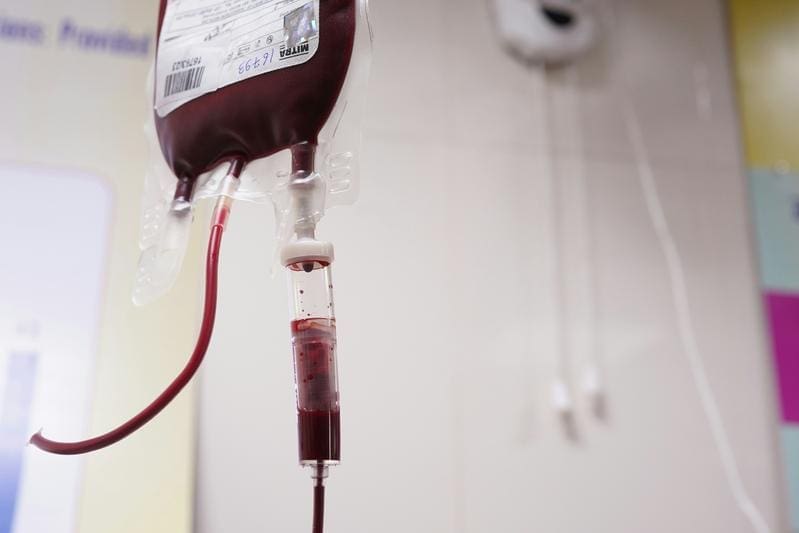Study decodes how blood stains on cotton fabrics provide forensic clues
In a recent study, researchers at North Carolina State University found out how blood is distributed on different cotton fabrics and what information can be gained from this in forensic practice. The study shows that the shape and structure of bloodstains can be used to draw important conclusions about the speed of the blood spatter and the process of its formation.
As part of the research, various cotton fabrics – including plain woven fabrics, twill and jersey fabrics – were tested for their surface properties and sprayed with pig’s blood under standardized conditions. This was specially treated beforehand in order to achieve comparable results. The blood was applied to the fabrics at a total of twelve different speeds and analyzed using high-speed cameras.

The analysis showed that so-called “fingers” – thin projections extending from the center of a bloodstain – are a key indicator of the speed of the blood when it hits the fabric. The more such fingers are visible, the higher the speed of the blood. In addition, there are so-called satellite droplets, small dots of blood that surround the main stain and occur more frequently, especially at higher impact velocities.
The physical properties of the tested fabric have a significant influence on the validity of the bloodstain analysis. With plain woven cotton, the speed of the blood can be determined comparatively reliably, whereas there are greater uncertainties with twill fabrics. The results now offer investigators the opportunity to make more differentiated statements about blood events at the crime scene and to evaluate forensic evidence more precisely.
The study was conducted under the direction of Tiegang Fang at North Carolina State University and is considered an important contribution to the further development of forensic textile analysis.
Original Paper:
Dynamics of blood falling on three types of cotton fabrics and resulting bloodstains – ScienceDirect
Editorial office: X-Press Journalistenbû¥ro GbR
Gender note. The personal designations used in this text always refer equally to female, male and diverse persons. Double/triple references and gendered designations are avoided for the sake of better readability ected.




